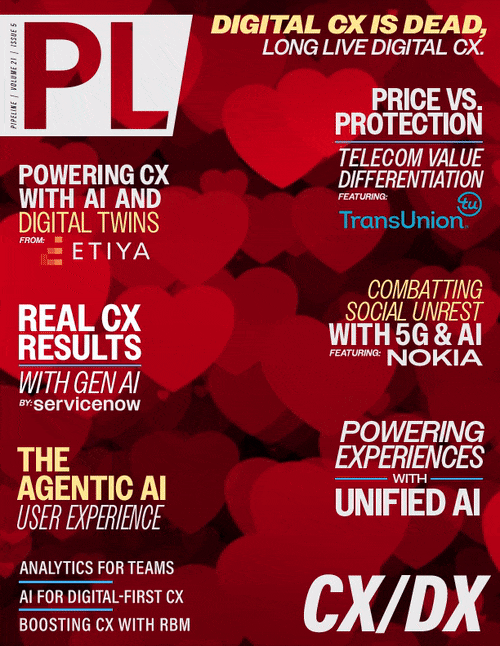News Center
Deutsche Telekom, Nokia, and Hamburg Port Authority Test 5G in Industrial Environment Nokia, Deutsche Telekom and Hamburg Port Authority collaborate in 5G Research in Industrial Environment
Testing of 5G is to commence in an industrial environment in
the Port of Hamburg, with the Hamburg Port Authority, Deutsche Telekom
and Nokia commissioning an 8000-hectare area with which to carry out key
tests of various aspects of 5G functionality, including network
slicing. 5G will be tested with use cases like traffic lights
management, data processing from mobile sensors and virtual reality. To
provide connectivity, an antenna has already been installed on the
Hamburg television tower at a height of more than 150 meters. The
primary focus of the project is on testing 5G applications in an
industrial setting in the Port of Hamburg. Such settings require a
telecommunications network which is highly reliable and secure. At the
same time, it needs to support a diverse range of services and
applications. Claudia Nemat, Board Member for Technology and Innovation at Deutsche Telekom, said:
"This testbed in Hamburg is an important development step along the
road to 5G. We need practical experience which we can get in the Port of
Hamburg. Our goal is to understand how we can best adapt our network to
customer requirements. The production industry and the logistics sector
in particular are going to reap the benefits of 5G as a powerful lever
for many applications."The Port of Hamburg, which is both, a logistics hub and a touristic attraction, provides an environment for testing a variety of use cases that place very different demands onto a 5G network. For example, the Port Authority wants to use mobile communications to manage traffic lights within the port area, as well as collecting and processing environmental measurement data in real-time. Finally, virtual reality applications can be applied to monitor critical infrastructure such as water gates and construction areas, thus enhancing safety in the port. The project partners are now testing if these services, each of which have specific network demands, are reliably working on just one mobile network infrastructure. This is made possible by using dedicated virtual networks, known as "network slices", in the 5G testbed. Each of these supports a specific service: for example, separate virtual networks will be used to control traffic lights and to transmit environmental measurement data. Network slicing is a key architectural feature of 5G, enabling networks to dynamically and flexibly adapt to the requirements of different applications. The trial in Hamburg will test several network slices under 'live' conditions in an industrial setting, for the first time in Germany. The two-year research project - '5G MoNArch' (5G Mobile Network Architecture for diverse services, use cases, and applications in 5G and beyond) - aims at turning 5G mobile network architecture concepts into practice. A main goal is to gain knowledge and experience from using 5G network slicing in a real-world environment, prove and improve the underlying technical concepts and methods. The Hamburg testbed will integrate 5G into control and monitoring systems for traffic and infrastructure in an industrial sea port environment. A second testbed, in Turin, Italy, will focus on multimedia applications. 5G MoNArch is supported and financed as part of Phase II of the 5G Infrastructure Public Private Partnership (5G-PPP), under the auspices of the European Union's Horizon 2020 Framework Programme. Peter Merz, Head of End-to-End Mobile Network Solutions from Nokia Bell Labs, said: "The 5G field trial in the Port of Hamburg is thrusting open the door to a new world of business applications, with the potential to drive change in many areas. This is about making industrial processes much faster and more flexible. For the first time, all of this is going to be tested under live conditions in Hamburg - the importance of this project cannot be rated highly enough." Jens Meier, CEO of the Hamburg Port Authority, said: "5G offers a level of security, reliability and speed never seen before in mobile networks. HPA is opening up completely new use cases. We can start gathering experience of this cutting-edge technology right now and shape the standard. This is going to benefit the whole City of Hamburg, not just the port." 5G background
5G is the communications
standard for the future. It is a completely new network concept that
integrates fixed networks and mobile communications. Unlike previous
technological advances, the main focus of 5G is not solely on further
increases in bandwidth or speed. 5G will support a very wide variety of
applications, with completely different requirements in terms of speed,
response times, security and capacity. 5G is expected to play an important role for the Internet of Things and Connected Industry use cases. Besides the production industry, the logistics industry is supposed to widely benefit from 5G mobile connectivity. Besides providing the infrastructure for new industrial and consumer-oriented use cases, Nokia is also offering a managed service for Communications Service Providers - WING - to connect IoT devices of enterprise customers through a worldwide IoT network grid. Source: Nokia media announcement | |

















